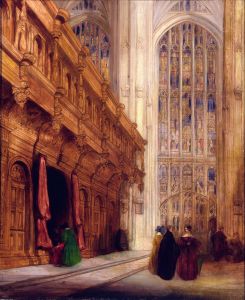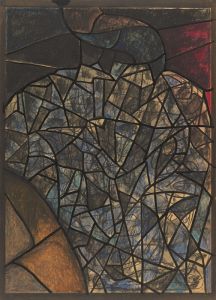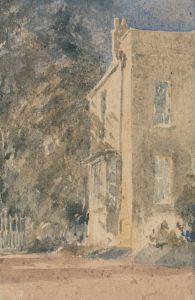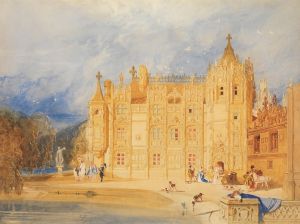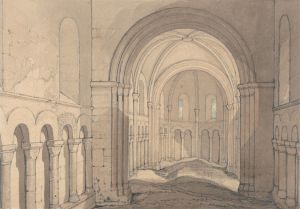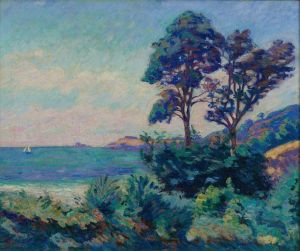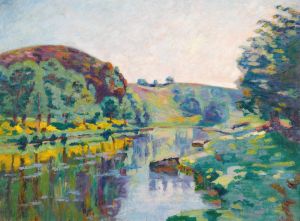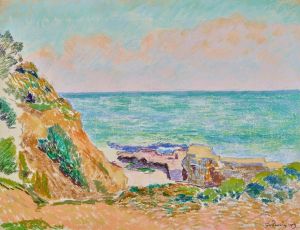
L’Eglise Saint-Sulpice, Paris
A hand-painted replica of Armand Guillaumin’s masterpiece L’Eglise Saint-Sulpice, Paris, meticulously crafted by professional artists to capture the true essence of the original. Each piece is created with museum-quality canvas and rare mineral pigments, carefully painted by experienced artists with delicate brushstrokes and rich, layered colors to perfectly recreate the texture of the original artwork. Unlike machine-printed reproductions, this hand-painted version brings the painting to life, infused with the artist’s emotions and skill in every stroke. Whether for personal collection or home decoration, it instantly elevates the artistic atmosphere of any space.
Armand Guillaumin was a French impressionist painter known for his vibrant use of color and his depictions of landscapes and urban scenes. One of his notable works is "L’Eglise Saint-Sulpice, Paris," which captures the essence of the Saint-Sulpice Church, a significant landmark in Paris.
The Church of Saint-Sulpice is located in the 6th arrondissement of Paris and is one of the largest churches in the city. It is renowned for its impressive architecture and historical significance. The church was originally built in the 17th century, with construction beginning in 1646 and continuing over the next century. Its design features a striking façade with twin towers, which were completed in the 18th century. The church is dedicated to Sulpitius the Pious, a 7th-century bishop of Bourges.
Guillaumin's painting of the church reflects his impressionist style, characterized by loose brushwork and an emphasis on capturing the effects of light and atmosphere. The painting likely showcases the church's grand architecture and its surroundings, possibly including the bustling activity of the Parisian streets. Guillaumin was known for his ability to convey the vibrancy of urban life, and this work would be no exception.
The artist was part of the Impressionist movement, which emerged in the late 19th century. This group of artists sought to break away from traditional academic painting by focusing on everyday subjects and experimenting with color and light. Guillaumin was a contemporary of other famous Impressionists such as Claude Monet, Pierre-Auguste Renoir, and Camille Pissarro. Although he was not as widely recognized as some of his peers during his lifetime, Guillaumin's work has gained appreciation for its bold use of color and its contribution to the movement.
Guillaumin's connection to the Impressionist movement was strengthened by his friendships with other artists. He was particularly close to Pissarro and Paul Cézanne, with whom he shared ideas and techniques. These relationships influenced his artistic development and helped him refine his approach to capturing the essence of a scene.
In "L’Eglise Saint-Sulpice, Paris," Guillaumin would have employed his characteristic palette, using vibrant hues to depict the interplay of light and shadow on the church's façade. His approach to color was often more intense than that of his contemporaries, which set his work apart and contributed to his unique style.
While specific details about the painting "L’Eglise Saint-Sulpice, Paris" by Armand Guillaumin are limited, it is clear that the work would exemplify his dedication to capturing the beauty and dynamism of urban landscapes. The painting serves as a testament to Guillaumin's skill in portraying the architectural grandeur of Parisian landmarks while infusing them with the lively spirit of the city.
Overall, Armand Guillaumin's "L’Eglise Saint-Sulpice, Paris" is an example of his contribution to the Impressionist movement and his ability to bring the vibrancy of Paris to life through his art.





